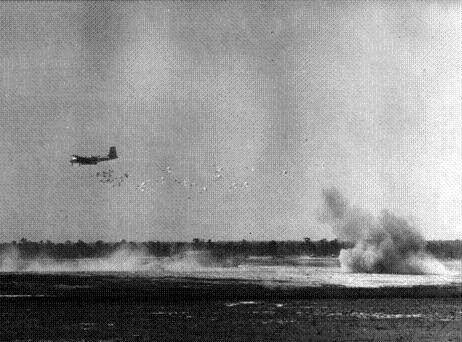A Tallboy or Grand Slam would certainly make a big hole, but I'm not sure if it would be as dangerous as the sheer weight might suggest. These bombs did their damage by penetrating beneath their target and then creating a huge cavern, which collapsed and caused the target to "fall in" to the camouflet created.Ships at sea would also produce a strong radar return. This system could be used for attacking even the largest enemy warship. Even the Yamato would not have survived Tallboy or Grand slam hits. It wouldn't take many. And if it had been attacked at night from 30,000 feet they might not have even know they were being attacked meaning no evasive maneuvering. However if this system works even a maneuvering ship would still be hit.
I know Tallboys were used for attacking Tirpitz, so presumably they were thought effective against floating targets. I also know that modern torpedoes kill ships by creating a huge bubble under the keel, which tends to cause ships to break in half. Would Tallboys or Grand Slams create a similar effect? If not, and if a kill would be the result of kinetic energy on impact and explosive effects inside the target, Tallboys would seem to be entirely adequate for the job.
One proviso: Tallboys and Grand Slams had their fins canted, so they rotated as they fell to improve accuracy. Would this rotation interfere with the control method suggested here?

